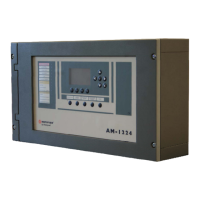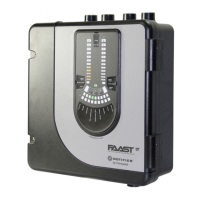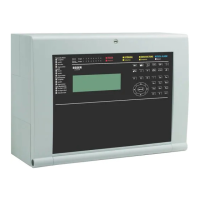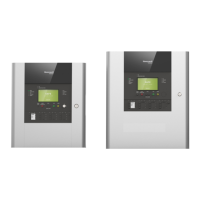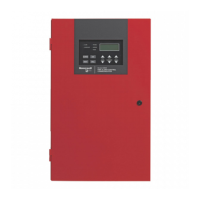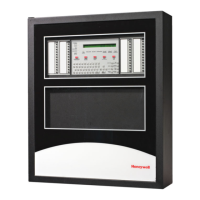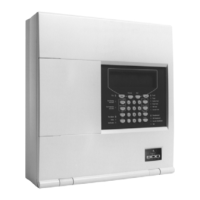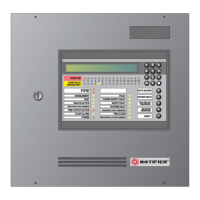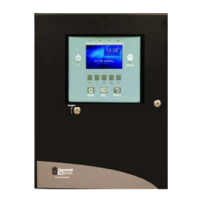APPENDIX A - SPECIFICATIONS
A.4.2 Node Object
The Node object has one network variable input and three network variable outputs.
nviRequest input and nvoStatus output
The Node object implements SNVTs for object request and status. These complex variables are
required for LonMark compatibility and are capable of conveying a great deal of information between
the instrument and a Graphical user Interface (GUI) computer or a network management tool but are
less appropriate for peer-to-peer communications.
It is possible to disable the sensor, reset alarms and perform other functions using nviRequest.
The complete list of commands is in the subsequent table.
Furthermore, nvoStatus reports information about the sensor in a compact format such as when
an alarm or fault is present. The complete usage of nvoStatus is listed in the table at the end of
this section.
nvoFaultD output
This simple variable of type SNVT_lev_disc can be bound to common LonWorks relays to activate
lights or perform shutdown. This normally has the value ST_OFF. If maintenance is needed soon
(for example because the cartridge is near the end of its life) then this variable will have the value
ST_LOW.
If a serious fault exists that compromises the ability to detect gas then this variable will have the
value ST_MED.
nvoFaultS output
Thisvariablecontainingtwoone-byteeldsismorecomplexthannvoFaultD. nvoFaultS.state
normallyis0butwillhavethevalue1ifthesensorhasanyfaultorwarning.
If nvoFaultS.state is true then nvoFaultS.value will have an error number to facilitate preliminary
diagnosis over the network. Note that Echelon’s LNS applications display the .valueelddivided
by two.
nvoFaultS Transmitter Cause
.value Code
2 1 Watchdog Restart Occurred
8 4 Momentary Cartridge Failure
10 5 TemperatureWarning
12 6 Approaching End of Cell Life
14 7 Calibration Needed Soon
42 21 Sensor Failed
44 22 No Cartridge
46 23 Wrong Cartridge
48 24 Cartridge Failed
50 25 TemperatureError
52 26 End of Cell Life
